Old clothes, new tricks
Meet the Moroccan vintage dealers trying to change the fast fashion industry.
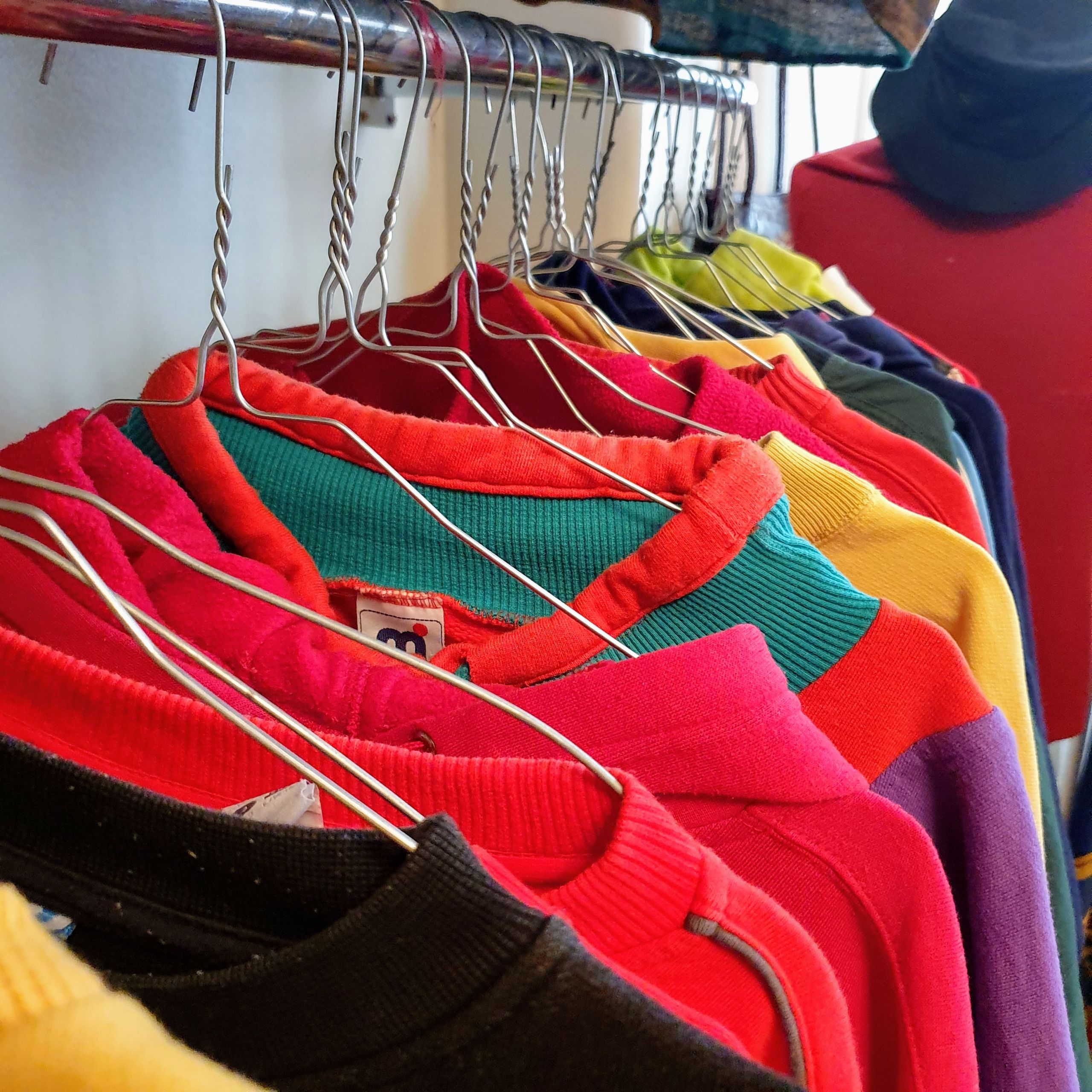
Walking into ‘We Thrifting’ in Morocco is like stepping into a treasure trove of nostalgia. Outside, the streets and footpaths of Casablanca are bustling, but inside Mohamed Atlas’s apartment-turned-vintage shop the sound of Moroccan rap music drowns out the humming of the city down below. The main living room is bursting with an eclectic mix of vintage and lifestyle items. In one corner, shelves are filled with a carefully curated assortment of second-hand cameras and patterned neck ties. Colourful sunglasses sit on top of a vintage Phillips radio and six wooden tennis rackets hang on the walls like pieces of art above racks of second-hand clothes.
This hybrid blend of apartment and shop isn’t a common occurrence here in Morocco, but it is integral to the fabric of the ‘We Thrifting’ brand. Atlas believes the decision to keep the shop close to home has attracted many customers and ensured that they have an enjoyable shopping experience. “When I started, I started here so there were only my friends coming here, and their friends. When they came here it was so comfortable for them. They can try things on, and they don’t feel pressure like in other shops. I prefer the clients to come here because they see a lot of items and a lot of choice, and they can try on a lot of different things.”

We Thrifting store owner Mohamed Atlas
We Thrifting store owner Mohamed Atlas
Atlas discovered his love of vintage collecting after becoming aware of the environmental damage that is being caused by the fashion industry which, as it stands, is contributing more to climate change than air and sea travel. “I saw a documentary about fast fashion,” he says. “Then I started wearing only second-hand items, I buy only second-hand items.” Soon, what started out as Atlas looking for a more sustainable way to shop turned into a passion, and then a fully operational business. “A lot of Moroccans were interested by this trend they saw me wearing,” he says. “ I was only selling to some friends and some people were asking about where I get these items. Then one day the demand was so big that I created the Instagram and I shared six pieces. I slept and, in the morning, the six were sold. I wasn’t even expecting this to happen as quick as that. I posted every two days and then the store got bigger, and then the visitors too.”
The assortment of vintage items and clothes that fill out the apartment have all been gathered by Atlas himself over the years from various second-hand markets across Morocco and Tunisia. Some of the most special pieces in the collection include some carefully selected items from the 90’s and 80’s, as well as rare pieces from specific brands such as Nike and Adidas. Although curating is the biggest side of the brand, Atlas also enjoys breathing new life into damaged garments so they can be worn as new again. “If I see there is a hole or something missing, like the zip, I replace the missing piece and then it’s in great condition to be sold,” he says. Other damaged clothes are upcycled, with new features added, such as embroidery or patterned fabrics.
Although the concept of wearing second-hand clothing isn’t new, it is part of a growing trend here in Morocco and around the world that is seeing more and more people become increasingly aware of the environmental impact of fast fashion. “People are starting to be interested more and more in the culture,” he says. “More and more people are starting to sell vintage stuff.”
Across town, Boucharwet Vintage Store is preparing for its first upcycling workshop. Staff arerunning a free workshop in-store to encourage Moroccan locals to stop buying new clothes and instead repurpose their old garments.
Now in his thirties, store owner and circus performer Snoopy started wearing second-hand clothes when he was just a teenager. He and his fellow skateboarding friends spent many hours frequenting vintage shops in Morocco trying to find clothes that would fit their personality and style. “We went to the second-hand store to find the clothes that were going to represent us, our culture, our influence,” he says. At the start of 2018, Snoopy decided to professionalise his hobby and open the store which doubles as a tattoo parlour, music studio and space where local artists can showcase their work. “I was having this idea from like 2010 to make a shop for second-hand clothing and all the vintage stuff. I decide to do it because I stop doing circus for a little bit, like for six months in the year, and I decide to do this business behind my real job, circus.”
The Boucharwet Brand is built on the philosophy that the clothes that one buys have implications far beyond one’s own self-image. There is a deeper meaning behind his business, a message that goes beyond just selling clothes. Snoopy views vintage clothing as not just a lifestyle or an environmentally friendly practice, but a way to combat the systems that perpetuate the consumption monster. “I want to say to the people to stop wearing new clothes because we have a lot of old clothes,” he says. “Imagine if you go to the second-hand store, you’re going to find mountains and mountains of clothes. We must fight the capitalist. You know we have to fight because he wants to kill us, to make us consume and buy and we have a lot of stuff that we can reuse. I don’t sell my clothes very expensive to say to the people to stop, because we are going to kill this earth more and more.”
According to a Pulse of The Fashion Industry report, the fashion industry generates 92 million tons of waste each year. In 2017, luxury brand Burberry faced serious backlash after it burned $37 million worth of excess products. The reality is that the people impacted most by this are black and brown countries, where importing cheap second-hand clothes from the West has prohibited the growth of textile economies. Snoopy explains that “in Europe there is a big box in the street where people put their old clothes to give it to the homeless. Well, people think they are going to give it to the homeless people. These clothes are collected by a small society. They collect all these clothes and send it to Africa to sell. When these clothes come to the border, we have two cities in Morocco: Ceuta and Melilla. You have this big, big place where there is lots of clothes coming from Europe and me, I go there, and I collect all these clothes.”
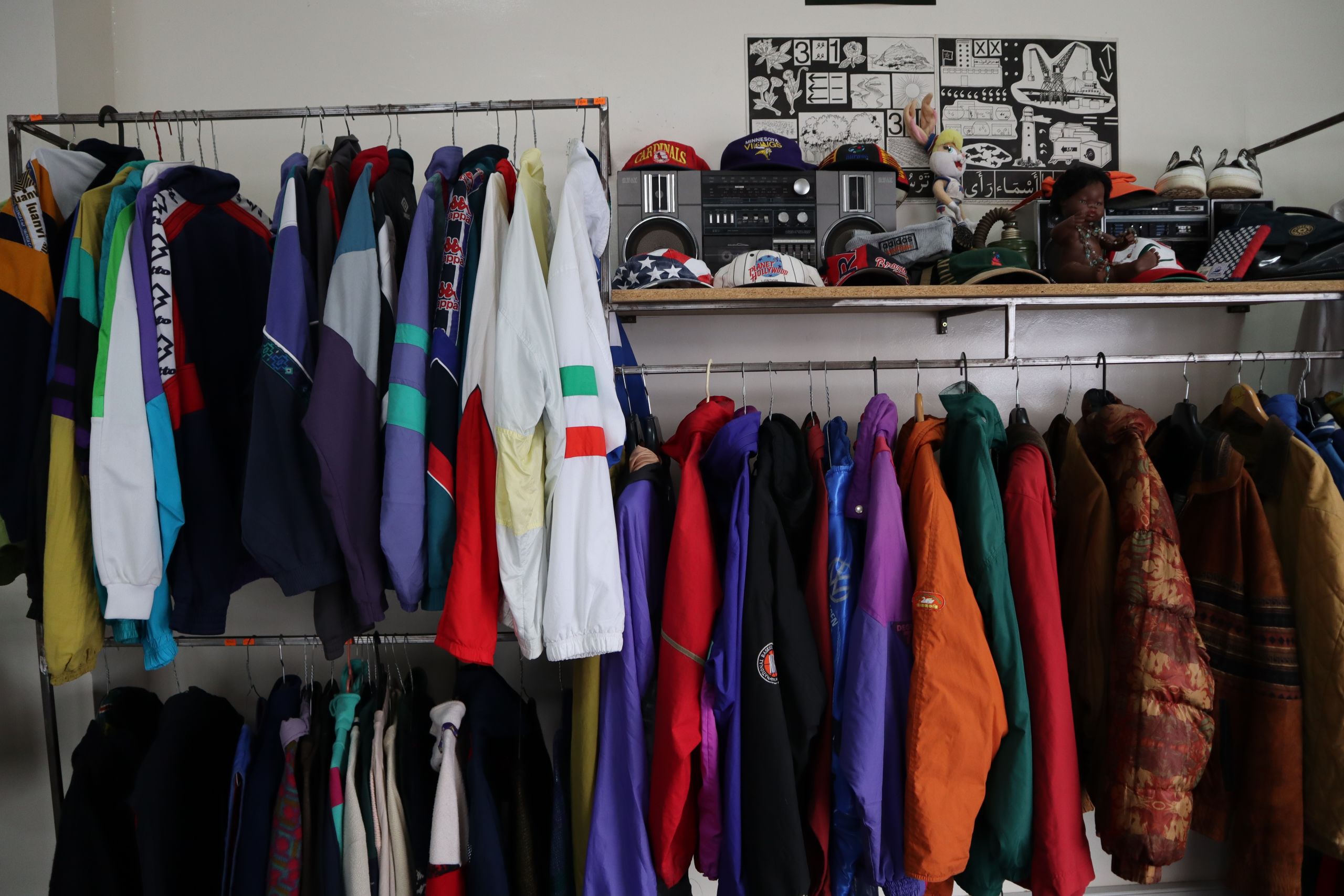
Clothing racks inside Boucharwet Vintage Store
Clothing racks inside Boucharwet Vintage Store
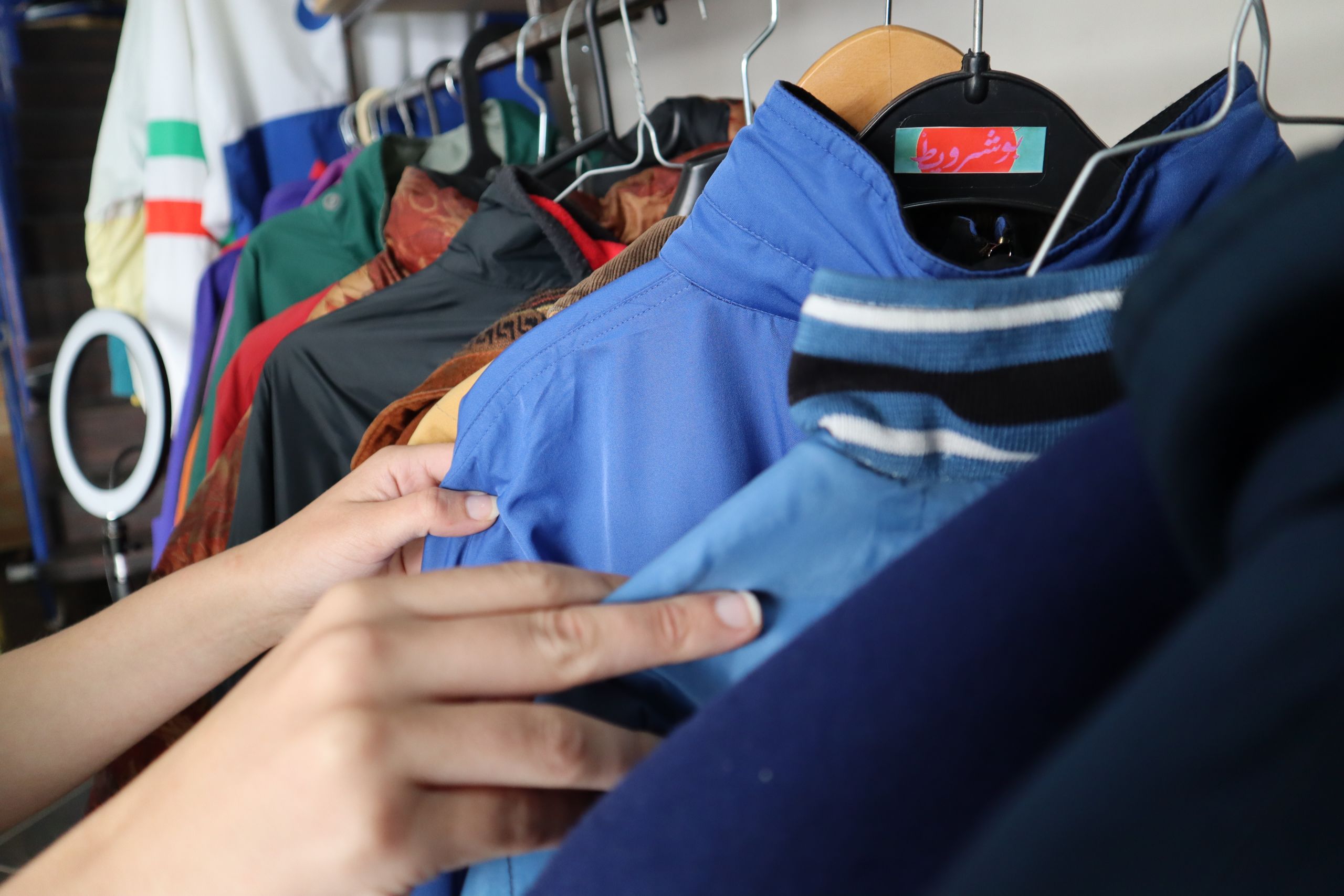
Clothing racks inside Boucharwet Vintage Store
Clothing racks inside Boucharwet Vintage Store
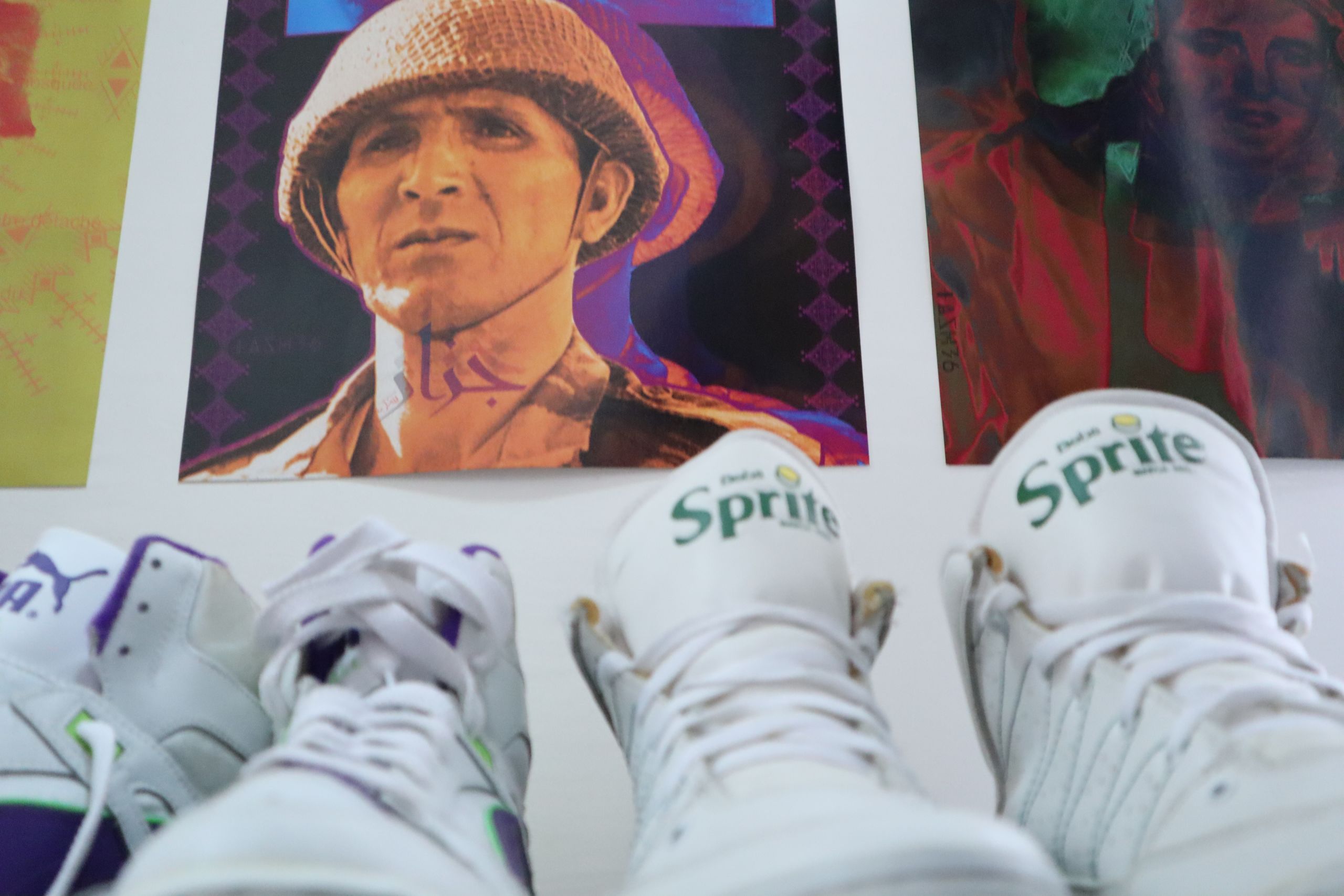
Vintage shoes and art inside Boucharwet Vintage Store
Vintage shoes and art inside Boucharwet Vintage Store
And it’s not just Moroccan vintage dealers going to gather and sort through these items. A lot of vintage collectors from Europe come to Morocco and other North African countries to curate various pieces. “It’s ridiculous. The clothes come from Europe to here, then from here to Europe,” he says. “In Tunisia there are big factories to sort out clothes. There is lot of collectors in France who call this factory to collect all the brands- Tommy Hilfiger, Nike, Adidas and they send it back. It’s crazy.”
Snoopy’s store is comprised of a lot of ‘unique clothes with soul’ from the 80’s, 90’s and early 2000’s, the idea being to not follow any trends, but rather accumulate items that will keep customers coming back and away from fashion retailers that are feeding the fast fashion monster. As Snoopy says: “Before wearing something, you have to know where it is coming from. Be a little bit smart and don’t be selfish. You are going to put something that costs $100, but you will kill fifty people behind you.”
"People want just the colourful side of clothes, they don’t want to see the other dark side."
- Snoopy
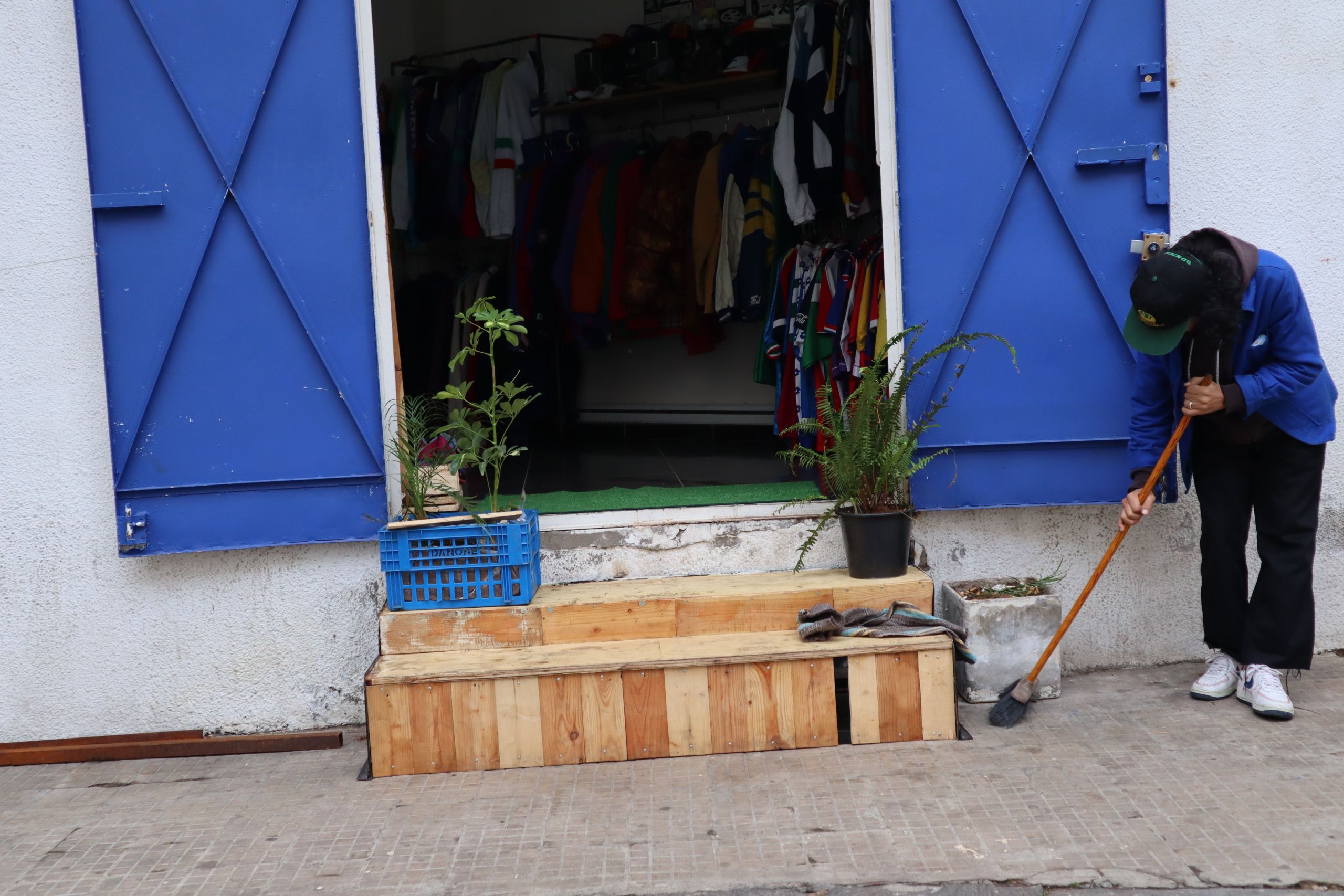
This article was produced as part of the Global JX #OzinMorocco19 study tour, supported by the Council for Australian Arab Relations, Deakin University Faculty of Arts and Education, and the Embassy of Morocco in Australia.


